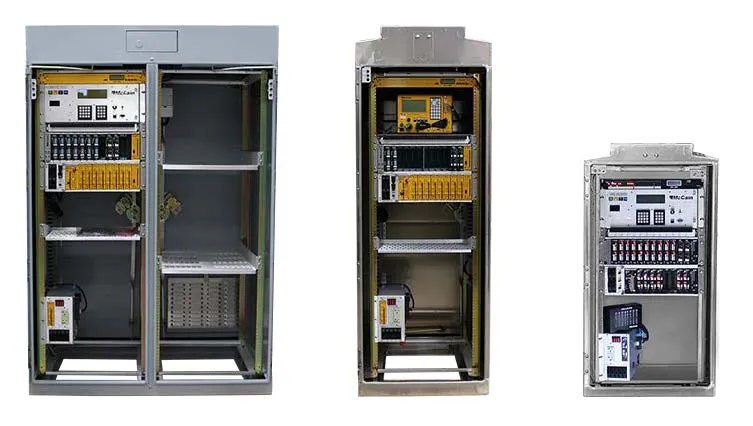
Eberle Design (EDI) has unveiled the CMU ADU (auxiliary display unit), a rack-mounted display module that provides an LED fourcolour by 32 channel full intersection display. This is combined with a SmartMonitor interface to a CMU-212 cabinet monitor unit (CMU). The company says it designed the new ADU because many transportation agencies no longer supply their personnel with laptops for connecting with instrumentation in on-street cabinets. This is partly for reasons of cost and difficulties with using laptops in rain or snow when dealing with a traffic light failure on the street.
Data is passed between the CMU-212 and the ADU via the cabinet's serial bus #3. No modifications to cabinet wiring are required. The ADU gives personnel visual details of a problem affecting traffic lights.









